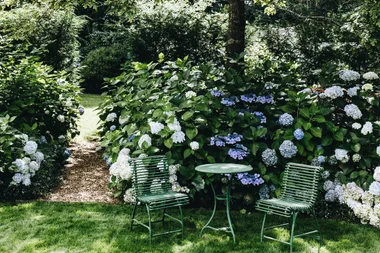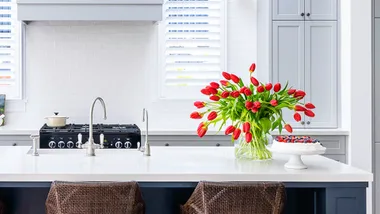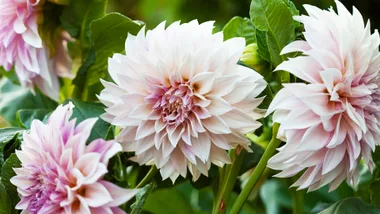For a dramatic display of greenery, you’d be hard pressed to find a better range of plants than succulents – “Arguably the toughest low-maintenance plants on the market,” says Matt Leacy, director of Sydney-based Landart Landscapes.
Succulents can survive tough drought conditions by storing moisture in their leaves and stems. They’re also versatile enough that they can be grown in garden beds or in pots. The fact that they’re low-maintenance makes them the perfect plant for beginner gardeners, even those who are convinced they might have a black thumb.
Want a detailed guide on how to grow succulents? Here we share everything you need to know about succulents including how to grow succulents from cuttings, how to grow succulents in pots and how often you should water succulents (because over-watering is the biggest succulent killer!).
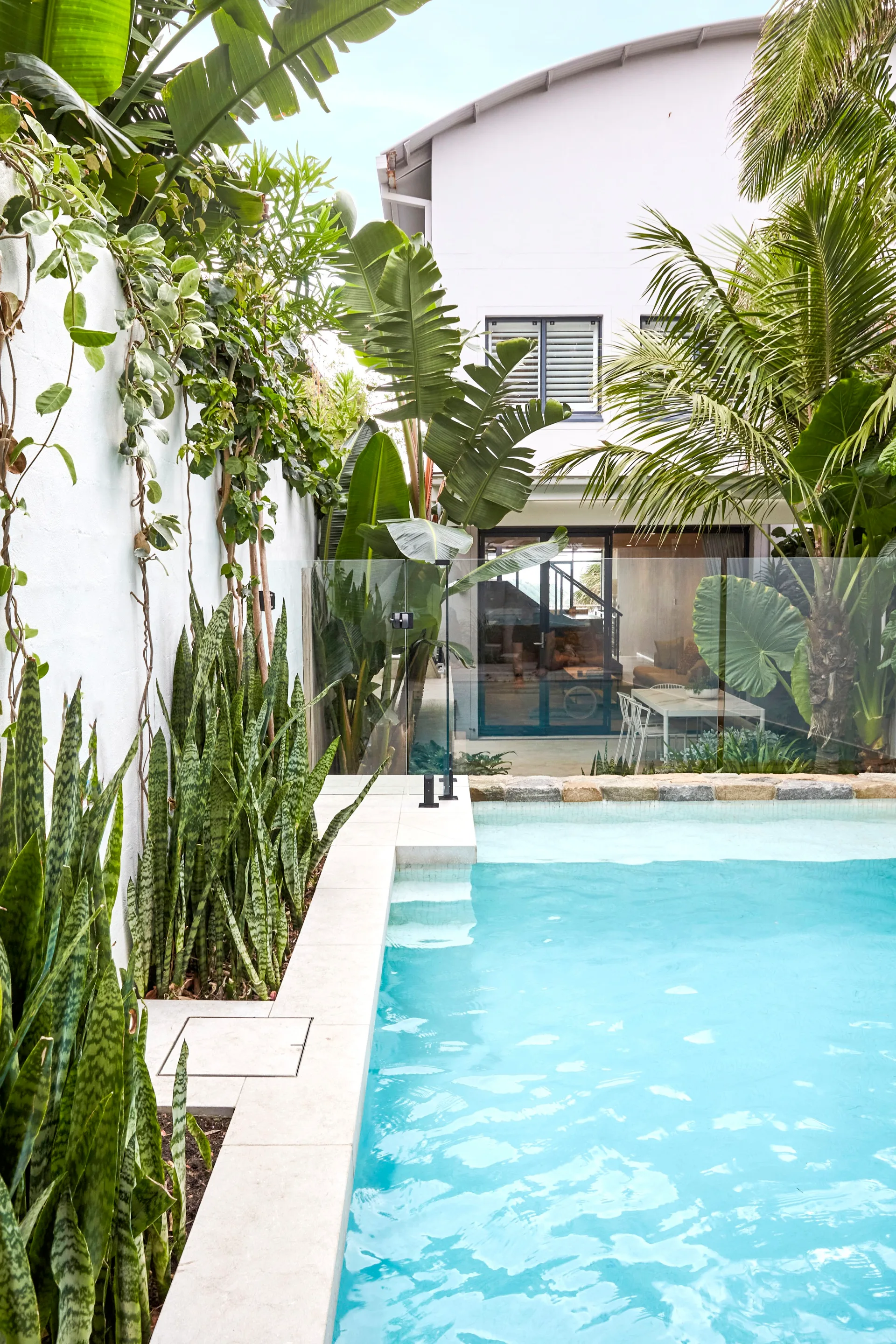
What’s the best soil for growing succulents?
In your garden beds, you’ll achieve best results from your succulents when they’re planted in free-draining soil. For containers, buy a specially prepared potting mix, often sold as succulent and cacti mix. The inclusion of gritty sand in the potting mix or garden beds is essential, as succulents won’t tolerate wet feet and will rot quickly without it.
How often do you need to water succulents?
While succulents come in a range of sizes, colours, shapes and also habits, a common characteristic is their water-storing, fleshy leaves, which help them to survive in drought conditions, both in the wild and indoors. “When it comes to watering succulents, less is more,” says Tammy Huynh of Yates.
“Give them a good drink (until the water runs out of the drainage holes) once a week. If you forget, don’t fret – they’re likely to forgive you anyway!” Georgina Reid, author of The Planthunter, suggests testing the potting mix before you wield the watering-can. “Stick your finger into the mix and if it’s moist, don’t water,” she advises.

Do succulents need direct sunlight?
Succulents and their close neighbours, cacti, love lots of light. If you’re growing succulents indoors, Matt Leacy says “You’ll need a really well-lit room and at least four hours of good sunlight hitting the plant.”
When in doubt, check the plant’s label and follow the ideal growing condition guidelines. Failing that, aim to replicate the area from where the healthy-looking cutting was taken.
For sun-loving plants like crassula and echeveria, a window sill with northern light is perfect. “The optimal position will really depend on the plant.”

How to grow succulents from cuttings
“Propagation is easy,” adds Matt. “Take a cutting of your succulent and leave it in a dry area by a window with soft light. Wait for it to dry out a little. It should start to send out shoots within a couple of weeks. Once it has, plant it in a small pot using a good succulent mix.”
What’s the best fertiliser for succulents?
A good feed of nutrients during the growing and flowering seasons will be appreciated! You can buy this in granular form, or as a soluble powder to be added to your watering can. General-purpose fertilisers containing nitrogen and potash, as well as trace elements such as iron, magnesium, manganese, boron and copper, are suitable.

When’s the right time to repot succulents?
If planting your selection of succulents in containers, almost any pot, tub or trough will do the trick! Just make sure you allow enough room to cater for the roots of the plants, and for sufficient drainage. Repotting is only ever required when the roots start to burst out the base of the pot or become obvious on the surface of the soil. This is a job best done in spring.
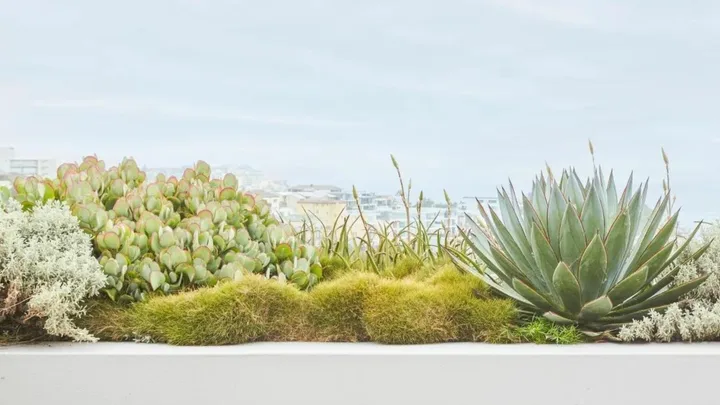 Ess Creative
Ess Creative
